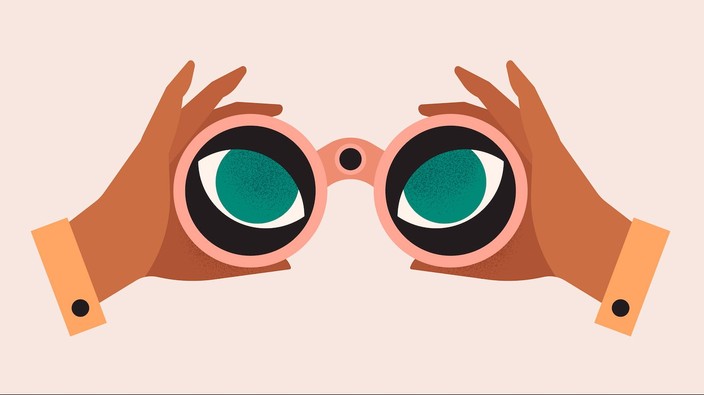if eyes are the window to the soul, cataracts and other eye diseases are like frosted glass. or shutters, depending on the severity. the four most common eye disorders — cataracts, glaucoma, macular degeneration and diabetic retinopathy — are on the rise, simply because we’re living longer, and all these conditions are age-related, says vancouver ophthalmologist dr. jean chuo.
what are cataracts?
“cataracts are like wrinkles,” says chuo. “if you live long enough, you’re going to have them. it’s just a matter of time and a matter of severity. i usually tell my patients, which they don’t find funny, that if you don’t have cataract surgery during your lifetime, you died too early.”
on the bright side, surgery for cataracts, which is a gradual clouding on the eye’s lens, has improved immensely. chuo says 30 years ago you’d be hospitalized because the surgical wound was so big. “we literally just squeezed it out,” she says. “and sometimes, unfortunately, the cataract came out and so did the rest of the inside of the eye,” leading to higher complication rates.
today the wound is 2.7 mm. the cataract itself, however, is one cm, so to fit it through the small opening, it’s broken up using an ultrasound probe and sucked out. it’s then replaced with an artificial lens which is so soft “we can roll it up like a newspaper and inject it into the eye through that 2.7 mm wound and, once in place, it will slowly open up by itself.”
